A magnetic core is a key component used in electrical and electronic devices to enhance and direct magnetic fields. It is typically made from ferromagnetic materials, such as iron, ferrite, silicon steel, amorphous alloys, or nanocrystalline metals. These materials have high magnetic permeability, which means they allow magnetic lines of force (magnetic flux) to pass through them easily.
Magnetic cores are found in a wide range of devices including transformers, inductors, chokes, electromagnets, electric motors, and generators. Their main purpose is to concentrate magnetic fields, increase efficiency, and reduce energy losses in electromagnetic systems.
Functions of a Magnetic Core
1. Concentrating Magnetic Flux
The most fundamental function of a magnetic core is to concentrate and guide the magnetic flux created by a coil of wire. When an electric current passes through a wire coil, it generates a magnetic field. A magnetic core placed inside the coil serves as a low-reluctance path for this magnetic field, allowing the magnetic flux to be more focused and powerful.
2. Increasing Inductance
Magnetic cores increase the inductance of a coil by increasing the magnetic flux for a given current. This allows the coil to store more energy in its magnetic field, which is especially important in components like inductors and transformers. Higher inductance leads to better energy storage and improved filtering or energy transfer capabilities.
3. Improving Efficiency
Magnetic cores help to minimize energy losses. In transformers and inductors, a properly chosen magnetic core reduces leakage flux and focuses the magnetic field where it’s needed most. It also helps to reduce electromagnetic interference (EMI), making the device more stable and efficient.
4. Controlling Magnetic Saturation
Every magnetic core material has a saturation point, where it can no longer carry more magnetic flux. Good design involves choosing a core material with the right saturation characteristics to prevent performance degradation. Cores allow better control over how magnetic saturation occurs in a system.
5. Enabling Miniaturization
By increasing the magnetic efficiency of a device, magnetic cores allow components to be smaller and lighter while still achieving the same performance. This is critical in modern electronics, where space is limited and performance demands are high.
Materials Used for Magnetic Cores
Ferrite: Used for high-frequency applications; has low eddy current losses.
Silicon Steel: Common in power transformers; offers high magnetic permeability and low hysteresis loss.
Amorphous Metal: Excellent for energy-saving transformers due to low core loss.
Nanocrystalline: Offers superior performance in high-frequency applications with very low losses.
Applications of Magnetic Cores
Transformers: For voltage conversion and isolation.
Inductors: For energy storage and filtering in power supplies.
Motors and Generators: To channel magnetic fields and improve torque or power output.
Electromagnets: For generating strong, controllable magnetic fields.
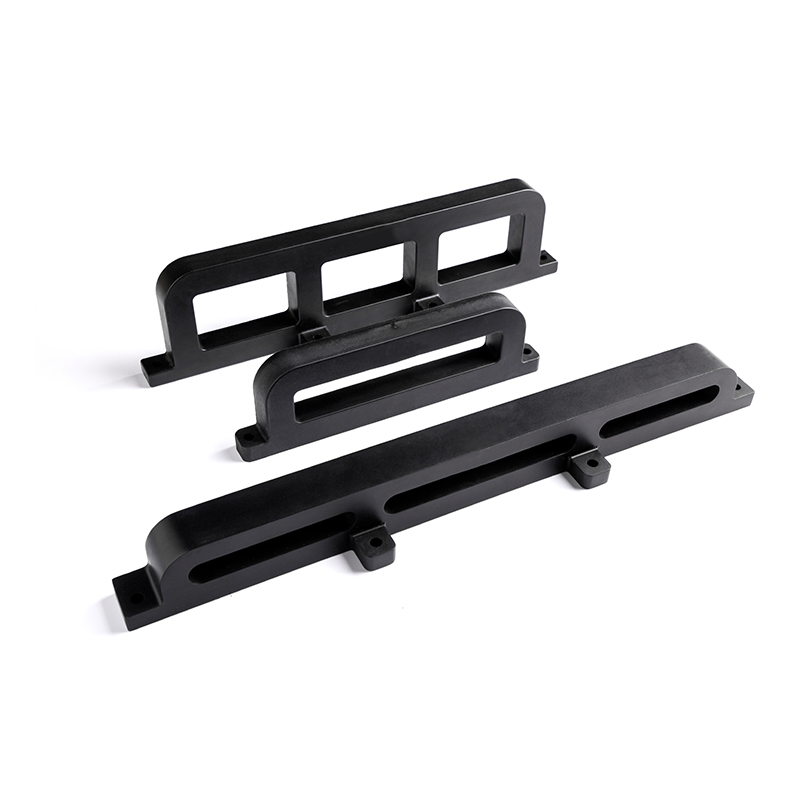

 English
English 中文简体
中文简体 Deutsch
Deutsch 日本語
日本語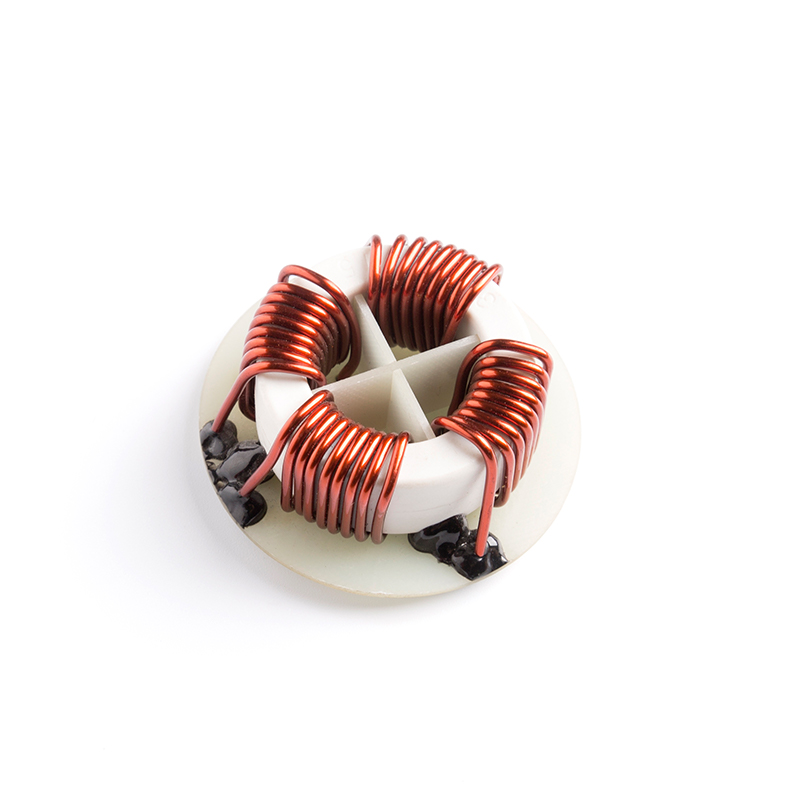
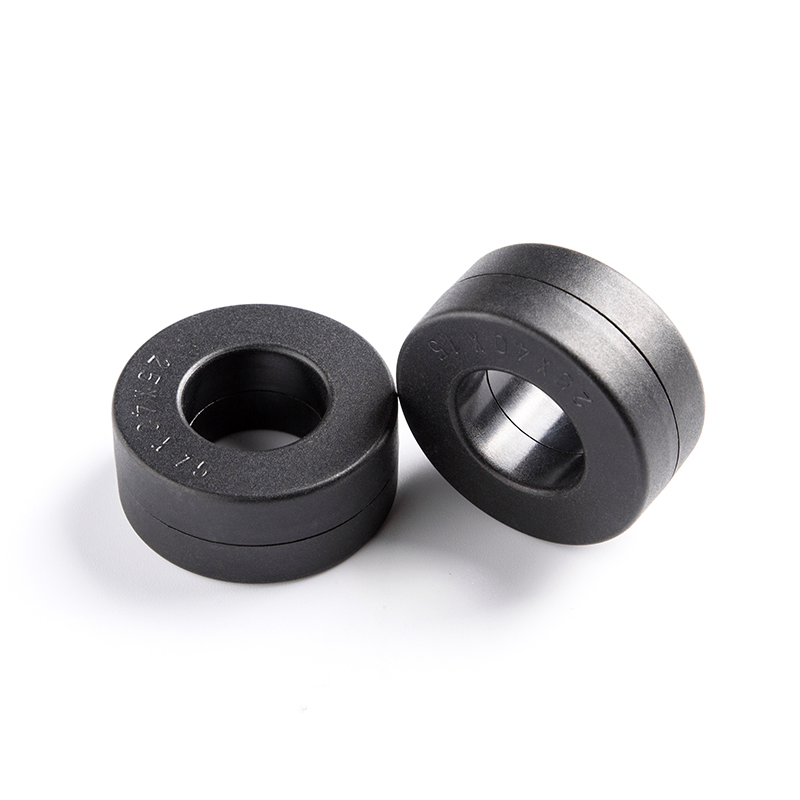
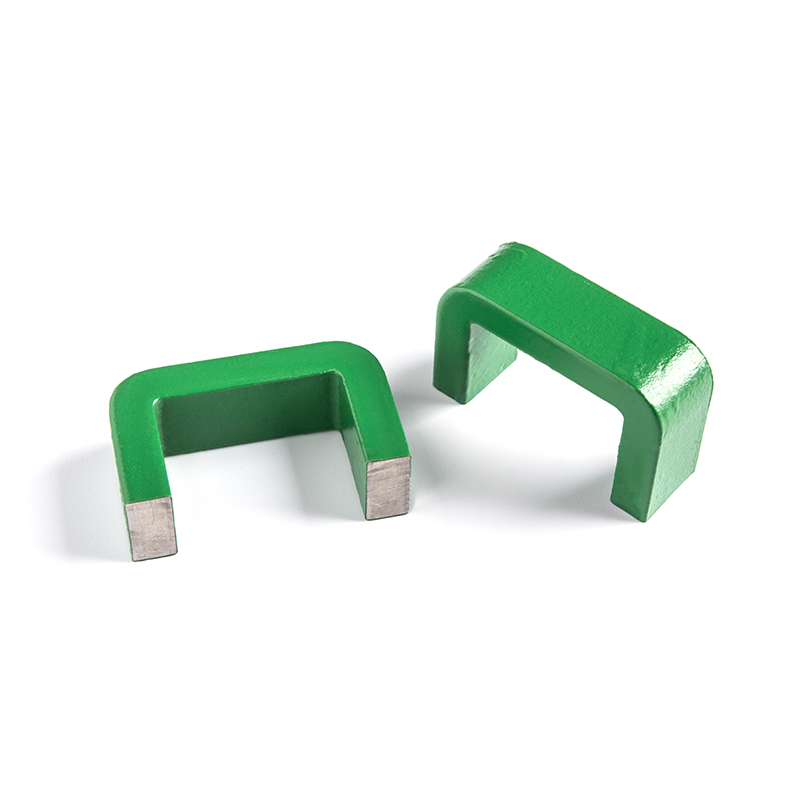 View More >>
View More >>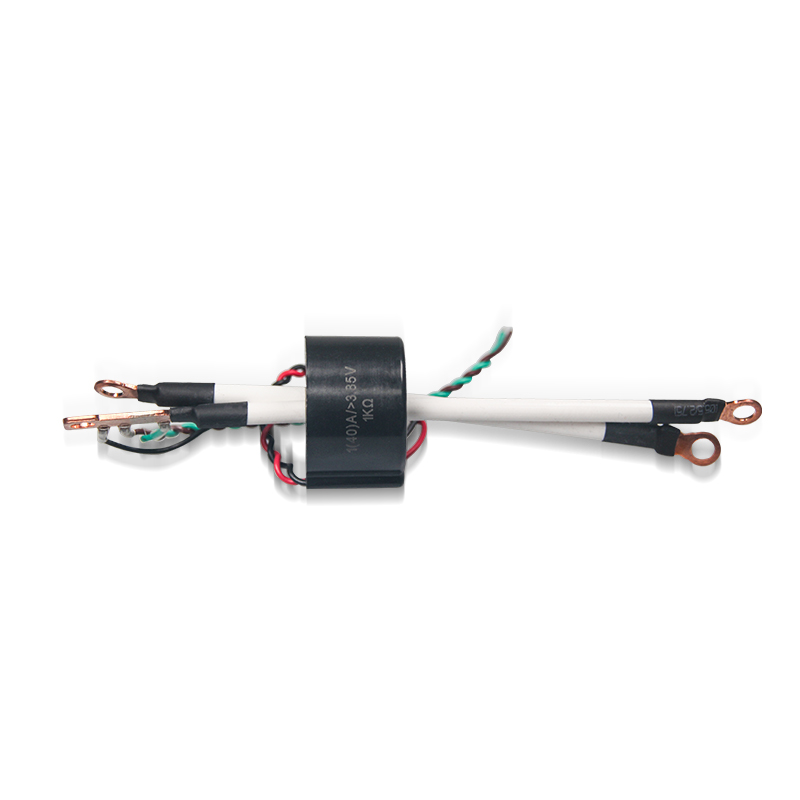 View More >>
View More >>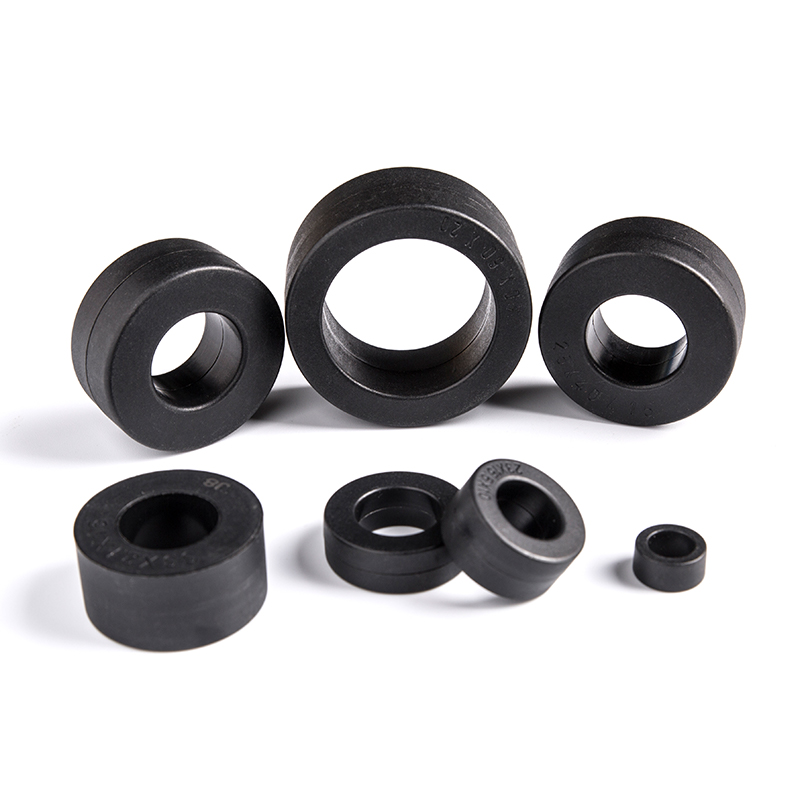 View More >>
View More >>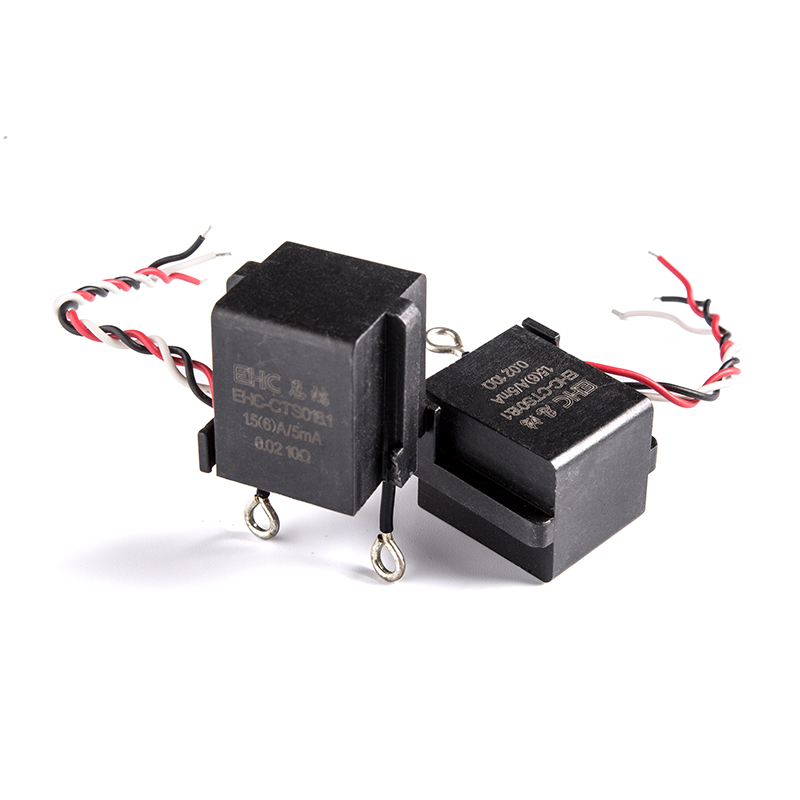 View More >>
View More >>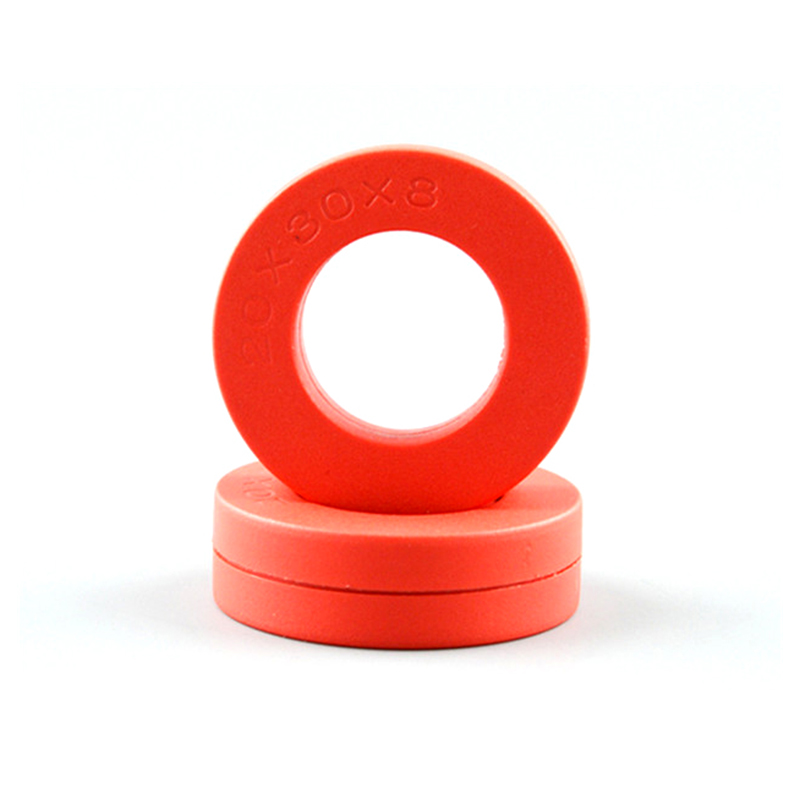 View More >>
View More >>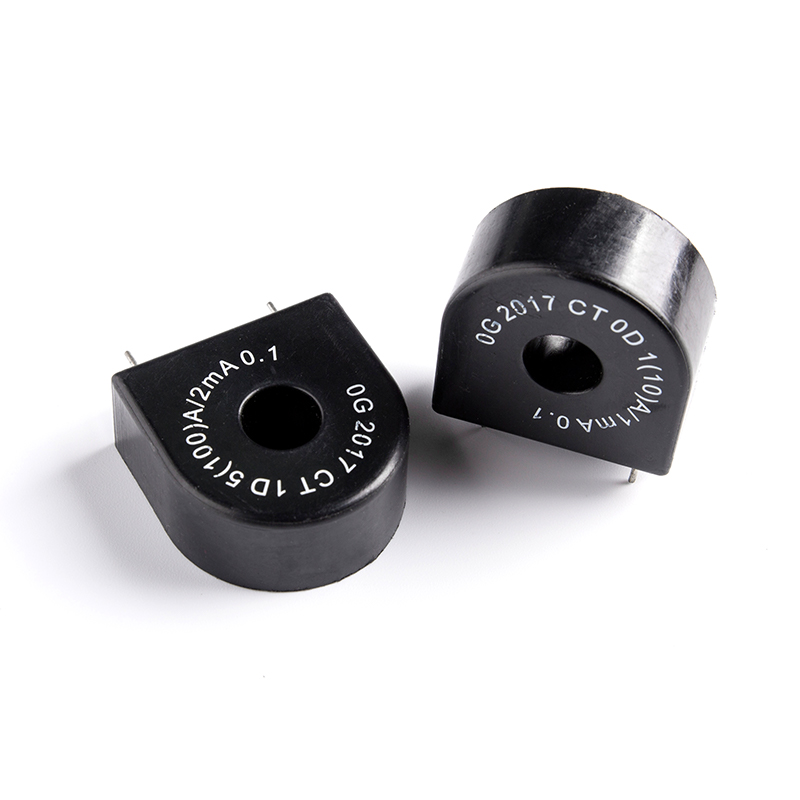 View More >>
View More >> View More >>
View More >>